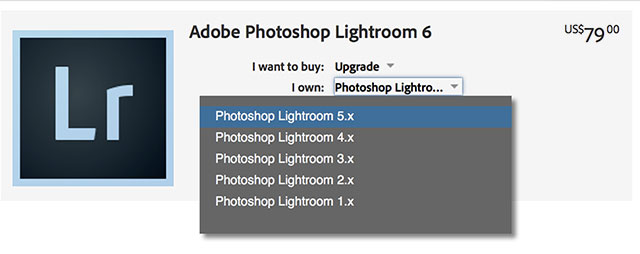
But you can no longer draw a line across a horizon to straighten an image. The Crop tool includes helpful quick-flip options. In Lightroom CC, they are on the right side. The Crop tool and presets for selective edits are in the Basic panel in Lightroom Classic. Compare Basic panel in Lightroom Classic (left) with restructured Color and Effects panels in Lightroom CC (right). Transform tools are now in the Geometry panel. The tools in the Lens Correction panel are in the Optics panel. In CC, the HSL/Color panel is Colour Mixer. Some tools and panels also have new names. To some photographers, the new organisation makes more sense. In CC, these tools are in the Effects panel, along with Vignette and Grain. Texture, Clarity, and Dehaze are in the Basic panel in Lightroom Classic. Individual tools may be in different panels. The editing tools are in the upper right. The tools from the Library module are on the bottom right toolbar. Lightroom CC simplifies the Library and Develop modules. Most photographers do not miss the Map, Book, Slideshow, Print, and Web modules. The module organisation system in Lightroom Classic is missing from Lightroom CC.

Compare catalogue structure for Lightroom Classic (left) and Lightroom CC (right). When importing images, there are some missing metadata features in the CC version. Both programs have access to the Creative Cloud, but CC only uses cloud storage. You store your photos in the cloud rather than on physical media. Also, the catalogue structure is missing. In Lightroom CC, Add Photos replaces Import Photos. The layout of the desktop and the location of the tools is different. Import & Catalogueįirst, the programs look different. Adobe has added most of these tools in later versions, but some features are different by design. At first, Lightroom CC did not have as many tools as Lightroom Classic. They share features but are not the same. Let’s compare them.īoth CC and Lightroom Classic are desktop programs. They are available across all versions of the program. You can sync Collections created in Lightroom Classic to the cloud. But Lightroom Classic remains popular, and Adobe continues to support the program. The new program was cloud-based rather than desktop-based.

When Adobe released Lightroom CC, they appeared to be moving in a new direction. Let’s start by comparing the two desktop versions of Lightroom. Screenshot of Lightroom Classic Develop module. Adobe’s Creative Cloud Photography Plan includes all the programs we will discuss here. To use Lightroom, you will need to subscribe to a Lightroom plan with Adobe.


 0 kommentar(er)
0 kommentar(er)
